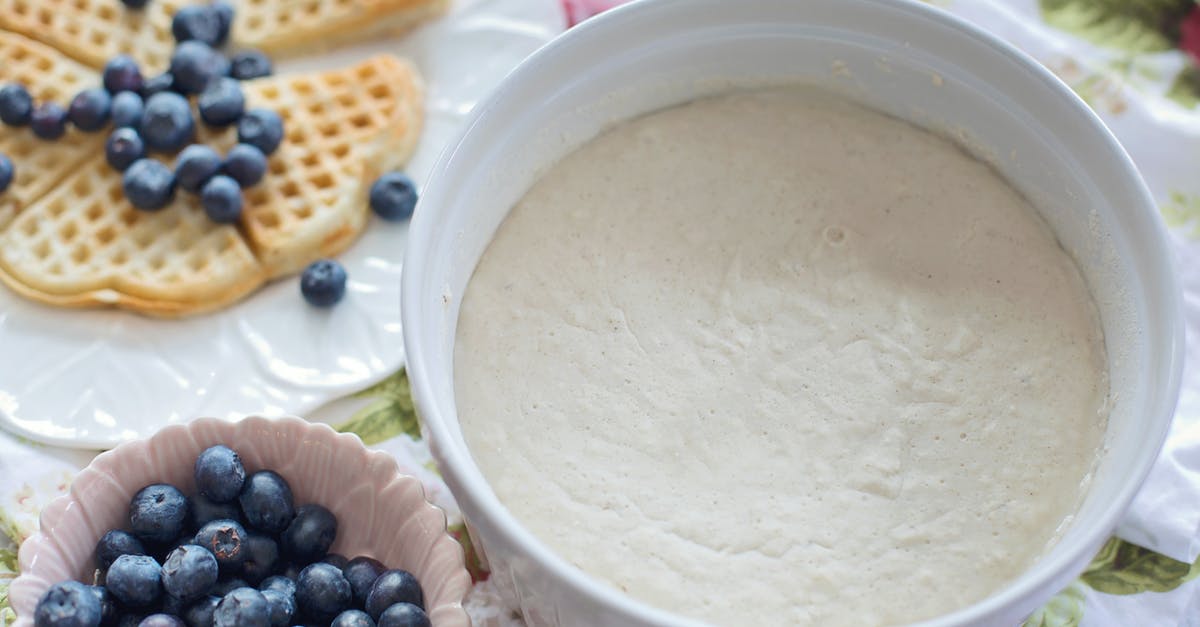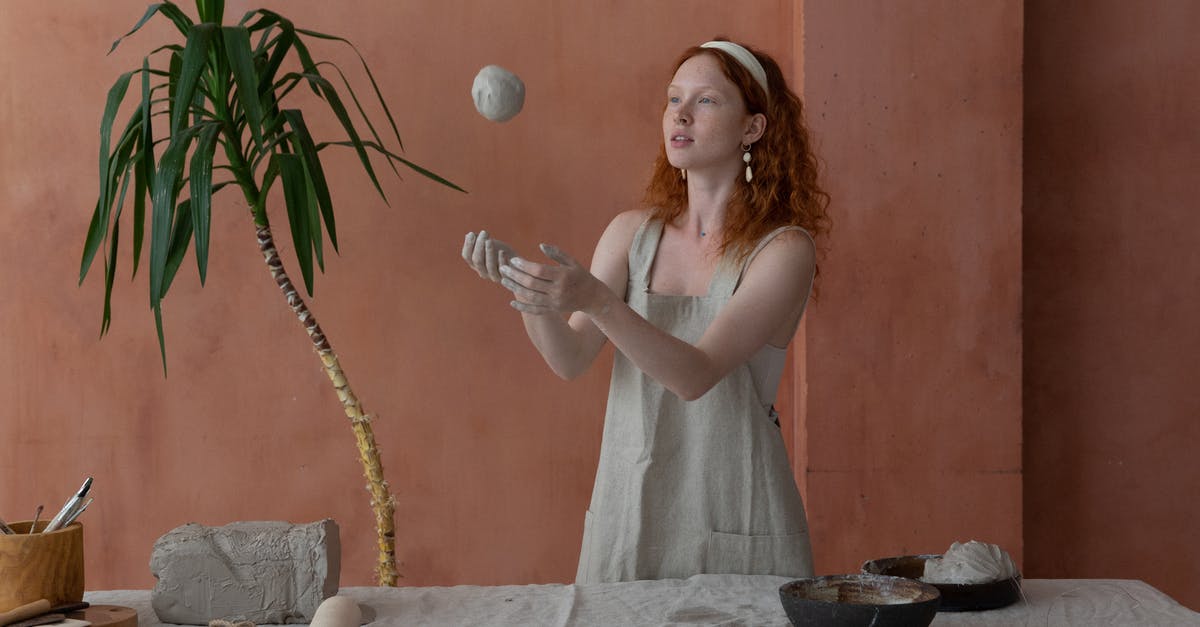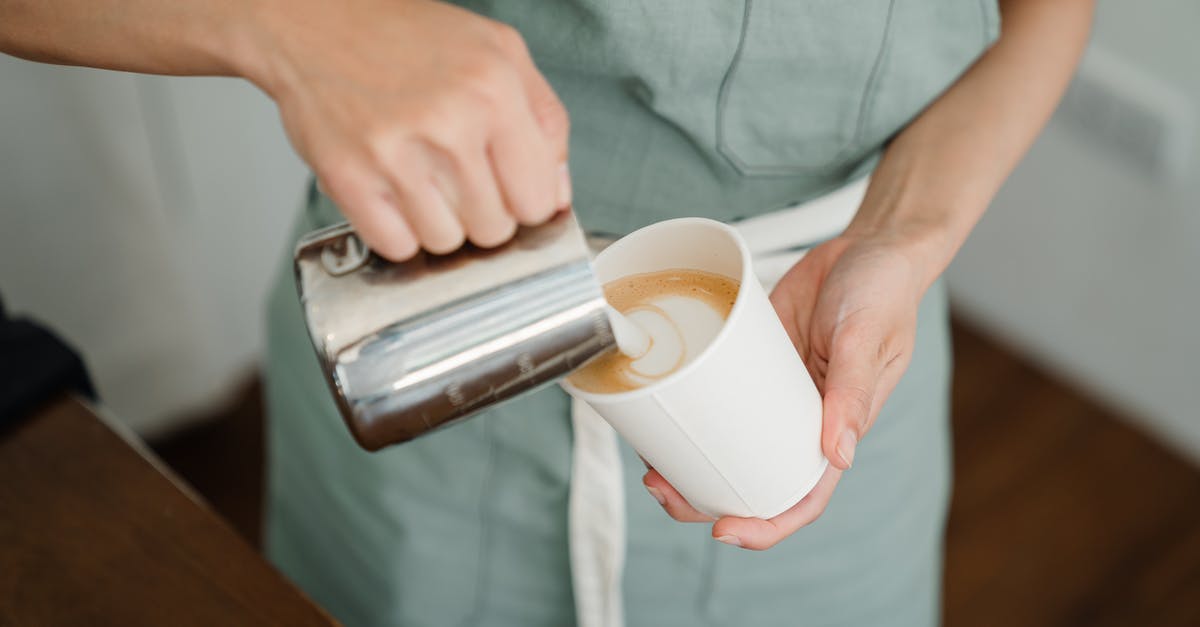Can you make sourdough starter without throwing any away?

I'm curious if you can make the sourdough starter by adding flour to it, in a sense doubling the volume each time. So many recipes I see in books and online require you to throw almost half of it in the garbage on each refresh. If you are buying organic stone ground flour this is incredibly wasteful and expensive.
Best Answer
I just asked the exact same question here!: Why throw away so much sourdough starter? Tartine Book no. 3
I found a pretty good answer online. It actually would be easier and cheaper for you to throw it out, as you don't have to buy as much organic flour in the future to feed your starter. Imagine buying 5 cups each day to feed your starter when you could just use 100 grams!:
During the "initial" development - and by this I assume we're talking the first several days of your brand spanking new starter, what you'll be throwing away is likely not even "starter" but rather flour soup wherein there's a fairly good chance you're also growing a few less-than-desirable cohabitants. This would explain why you'd want to chuck it out rather than use it. You also cut back on your starter so you don't end up with gallons of it since quite early on you do begin to make your feeds at a ratio of 1:1:1 or 1:2:2. For illustrative purposes, let's follow the 1:2:2 ratio and just assume we're using cups (easier to visualize) although you really would be weighing, of course. So let's say on day 1 morning feed, we begin with a half cup of starter. Half a cup sounds like nearly nothing, right? To that we'd then need to add twice that amount of each water and flour, so we add 1 cup water and 1 cup flour for a total of 2.5 cups. Still not that bad. Day 1 evening feed, we're not reducing so we need to add to our 2.5 cups of starter 5 cups water and 5 cups flour for a total of 11 cups. Set it on the counter, hope it doesn't overflow everywhere and go to bed. Day 2 morning feed, we're still not tossing away so to our 11 cups we have to add 22 cups of water and 22 cups of flour. We now have 55 cups of starter or about 3.5 gallons. Remember, this is only the third feed and we started with just a measly half cup yesterday morning. At tonight's feed, we'll have 312 cups or 19.5 gallons of starter. Just enough to fill up four of those white Home Depot buckets although you'll want at least eight of 'em so the starter can double in size. By morning of day three, you can fill your bathtub, if it holds 97 gallons; it very well may not, and definitely won't hold the expanded starter. By afternoon, you'll also be borrowing an additional four neighbour's tubs for your 488 gallons. How soon before you need to move this out to a local swimming pool to continue? Well, by the end of day five, you'd be the proud owner of 305,175.8 gallons of starter. Or 4.8 million cups. Seriously. An Olympic size pool is about 600,000 gallons. By the morning of day six, you can fill two and a half of them, with leftovers. And it hasn't even been a full week yet. And that's why you cut your starter back down to a manageable amount each time. It's a lot cheaper to toss a little bit out than to keep it and feed it.
Source: http://www.thefreshloaf.com/node/12467/throw-away-half
Pictures about "Can you make sourdough starter without throwing any away?"



Quick Answer about "Can you make sourdough starter without throwing any away?"
Instead you feed the starter every day with equal amounts flour and water without discarding any while you are getting it established, then once it is established (after a week or two) you only need to feed it the day before you want to make bread.Can I feed my sourdough starter without discarding?
Discarding some first allows you to add this fresh food, whilst maintaining your starter at a manageable size. Not discarding your starter will also affect the flavor of your starter. Not discarding before you feed will cause too much acidity which may eventually be detrimental to your microbes.Can you keep sourdough starter indefinitely?
As long as your starter is mature (i.e. at least 3 months old), your starter should be happy in the fridge for about 2 months without any attention. At this point, you can feed/refresh it again and place it back in the fridge if you still don't need it.Why do you throw away so much sourdough starter?
As part of the feeding process, most bakers discard some of their sourdough starter before adding fresh flour and water to the jar. This is done to refresh the acidity levels (think sweet vs. sour smell) and to manage its overall growth in size. This technique is crucial for successful sourdough bread.How long can sourdough starter last without being fed?
A starter stored in the fridge can be fed once a week, if you plan to use it often, or you can store it for up to two months without feeding.Stop Wasting Time \u0026 Flour Maintaining A Sourdough Starter. This Strategy is Way Better
More answers regarding can you make sourdough starter without throwing any away?
Answer 2
My experience when using any starter is that the portion you "throw away" is supposed to be used in your next loaf of bread as a "poolish" or "biga". The portion of your starter that you keep gets more water and flour to nourish the next generation(s) of your starter. As mentioned in the other answer, the amount of starter that is kept each time is relatively small to keep the size from getting out of hand.
Answer 3
What a lot of these instructions for starting a sourdough starter don't say is that you can start your starter using, say, a teaspoon of flour and a teaspoon of water. Then the next time you add flour and water, you add 2 teaspoons of each. And increase it from there. You do NOT need to start with a cup of flour and a cup of water. My goodness, that's so incredibly wasteful!
Also, any starter you remove where the instructions say to discard I would use to make pancakes, muffins, cake, waffles, and so on. There are any number of recipes out there for such things.
Answer 4
There is an easy method which works well for rye flour. Use fine rye flour not wholegrain.
Take 100 g rye flour and add 100 g water at 40° C. Mix it, put the mixture in a bowl and cover with plastic foil. After 48 hours add the same ingredients with the same amounts again. Cover again. Let it rest for 24 hours. Then add 200 g rye flour and 200 g water at 40° C. Let it rest 24 hours. As a result your have 800 g of sourdough. You could use 700 g of the sourdough as part of the mixture to bake a bread, like a 1,5 kg mixed rye/wheat bread, and keep 100 g sourdough to initiate another portion of sourdough.
If you happen to read German you can check out this reference.
Note that this procedure does not work with wheat flour. It would just give you a mouldy mess.
Sources: Stack Exchange - This article follows the attribution requirements of Stack Exchange and is licensed under CC BY-SA 3.0.
Images: Jill Wellington, Anete Lusina, Monstera, Ketut Subiyanto
